Until the end of the First World War Dorchester would have been full of horses, mounted by their owners, pulling the carriages of the wealthy and the middle classes, hauling goods waggons and the carts of tradesmen, farmers and common carriers and, of course, the stagecoaches and other passenger wagons. Contemporary prints show little traffic in the streets so as not to mask the view of the buildings but there would have been traffic jams just as today, especially on market days, but less well disciplined and regulated! The plentiful supply of manure would have been used to fertilise the market gardens which occupied the land where the Borough Gardens and the adjoining Victorian houses and villas now stand.
Where were all these horses lodged, fed and watered? The evidence is still there if you know what to look for.
The horse troughs, which were essential to quench the thirst of all those horses, and which would have been omnipresent, are now scarce. I have been only able to locate one, built in 1888 on the south-east boundary of the market (see Photo 1).
The two other ones in the market shown in the 1888 Ordnance Survey map have disappeared as well as the one at the start of Trinity Street. There would have been many in the town. Do you know of any I have missed?
Stabling for the horses and carriages and for the stagecoaches was readily available at the coaching inns which were numerous from the 17th century to the beginning of the 20th century. Many survive to this day and fulfil similar functions for the modern traveller and their motor cars, including the King’s Arms, the Antelope, the Royal Oak and the Junction Hotel. The stables with their haylofts survive at the Junction (see Photo 2) and there is a good example of a hayloft above the back entrance to the Royal Oak in Princes Street (see Photo 3).
Stabling was available separately from accommodation for those who did not require the latter, both at the inns and at a ‘Horse Repository’ on Trinity Street situated where the Co-Op supermarket and shops and car park now stand. It was also possible to leave coaches and carts there. The site is clearly delineated in the 1888 Ordnance Survey map of the town (see Photo 4), and it still there, on a reduced scale, in the map of 1929, amputated by the new Fire Station.
Outside of Dorchester, I have been able to locate one surviving late 19th century ‘Horse Repository’; Stapleton’s Horse and Carriage Repository, in the East End of London which is now protected as a listed building and used as an Arts Centre (see Photo 5). It comprised several levels in the same way as a multi-level carpark at the present time. Horses and carts were also brought and sold at such centres. Are the any other surviving repositories that readers are aware of?
Horses would also have been sold at the Cattle Market at Fairfield on market days and horses would have been accommodated for that purpose in the animal pens or ‘Linneys’. Several Victorian Linneys survive (as illustrated in Photo 6).
There were several smithies and forges in the town to shoe the horses and repair the iron fittings of carriages and wagons. The one on Princes Street no longer exists and one at the east end of Colliton Street has been converted into two cottages (see Photo 7). A fine example remains in Icen Way and is used by a coal merchant – note the door to the smithy (in Photo #8).
Several coach houses and stabling blocks survive in the town to this day and can often be identified because of a hay loft door on the first floor. Until very recently there remained a modest small stable building at the end of the row of 18th and 19th century cottages going down Glyde Path Road (see Photo 9), although it has now been converted into a cottage itself. There is one next to Purbeck House on Fordington High Street, now used as a garage (Photo 10).
A more imposing stable and coach house remains at the west end of Colliton Street, opposite to Colliton House to which it was attached, again converted into housing (Photo 11). There are two in Linden Avenue and the former coach house of Wollaston House has been converted into offices (Photo 12).
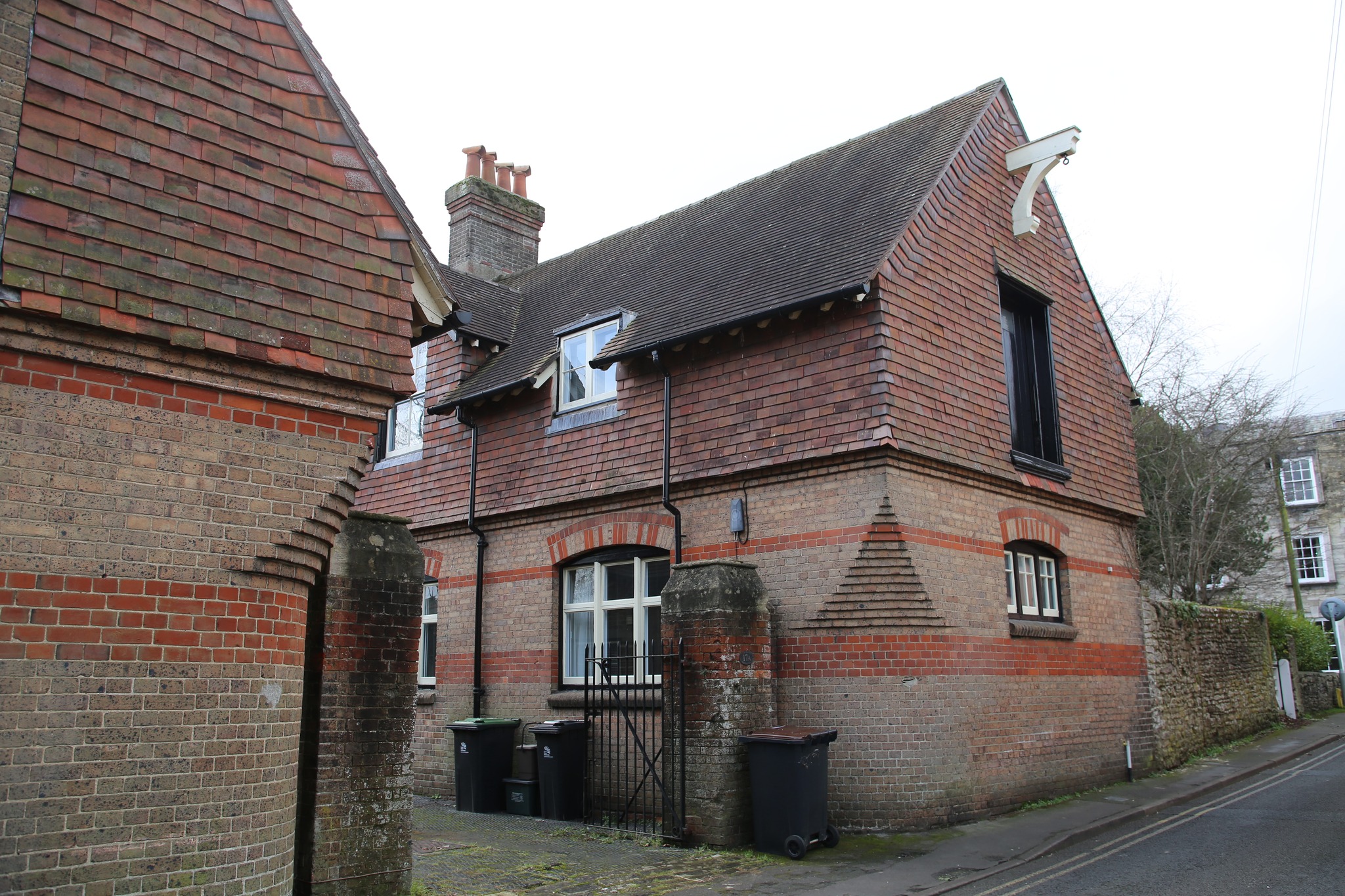
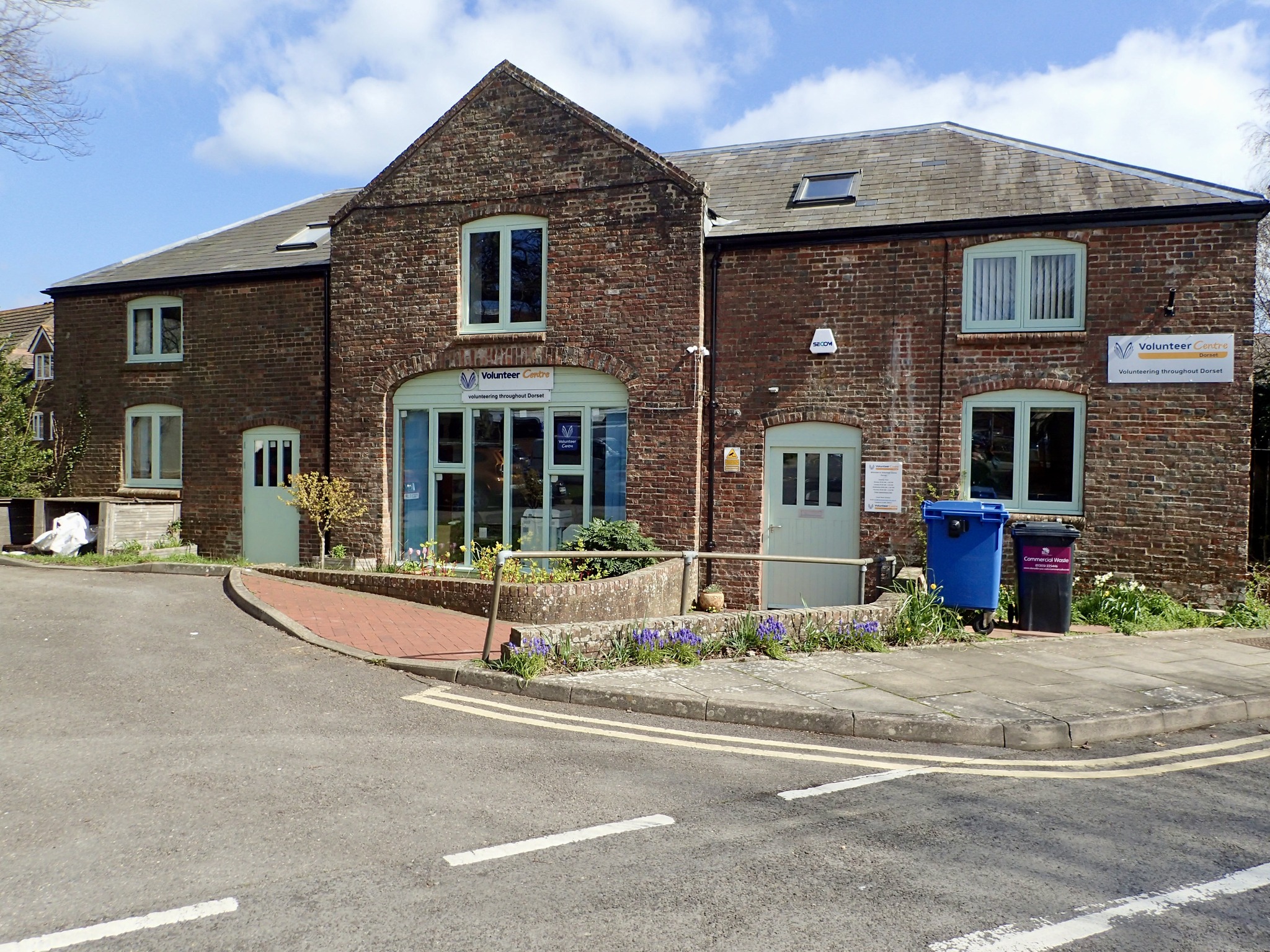
South Lodge’s former coach house is now a shop and accommodation (Photo 13). Fordington House’s former stables are situated next to its old farm buildings, now also all converted into housing, and runs along Athelstan Road (Photo 14).
An imposing entrance dated 1893 to the former stable block at Sunninghill House, formerly South Court, the home of Alfred Pope the brewer, is to be found on the corner of South Walks and Culliford Road (Photo 15).
In 2004 the last business which used to relate to horses, the leather goods shop ‘Templeman’, formerly saddlers, which occupied the corner shop at 10 Cornhill, closed down. The premises are now occupied by ‘Toni & Guy’ hairdressers.
Finally, I would be interested to know if anyone is aware of any surviving horse mounting steps or of rings sealed into walls for tying up horses or any other horse related structures or equipment. Add your comments to this post and I will gratefully follow them up!
Ian Gosling,
Chair of Dorchester Civic Society

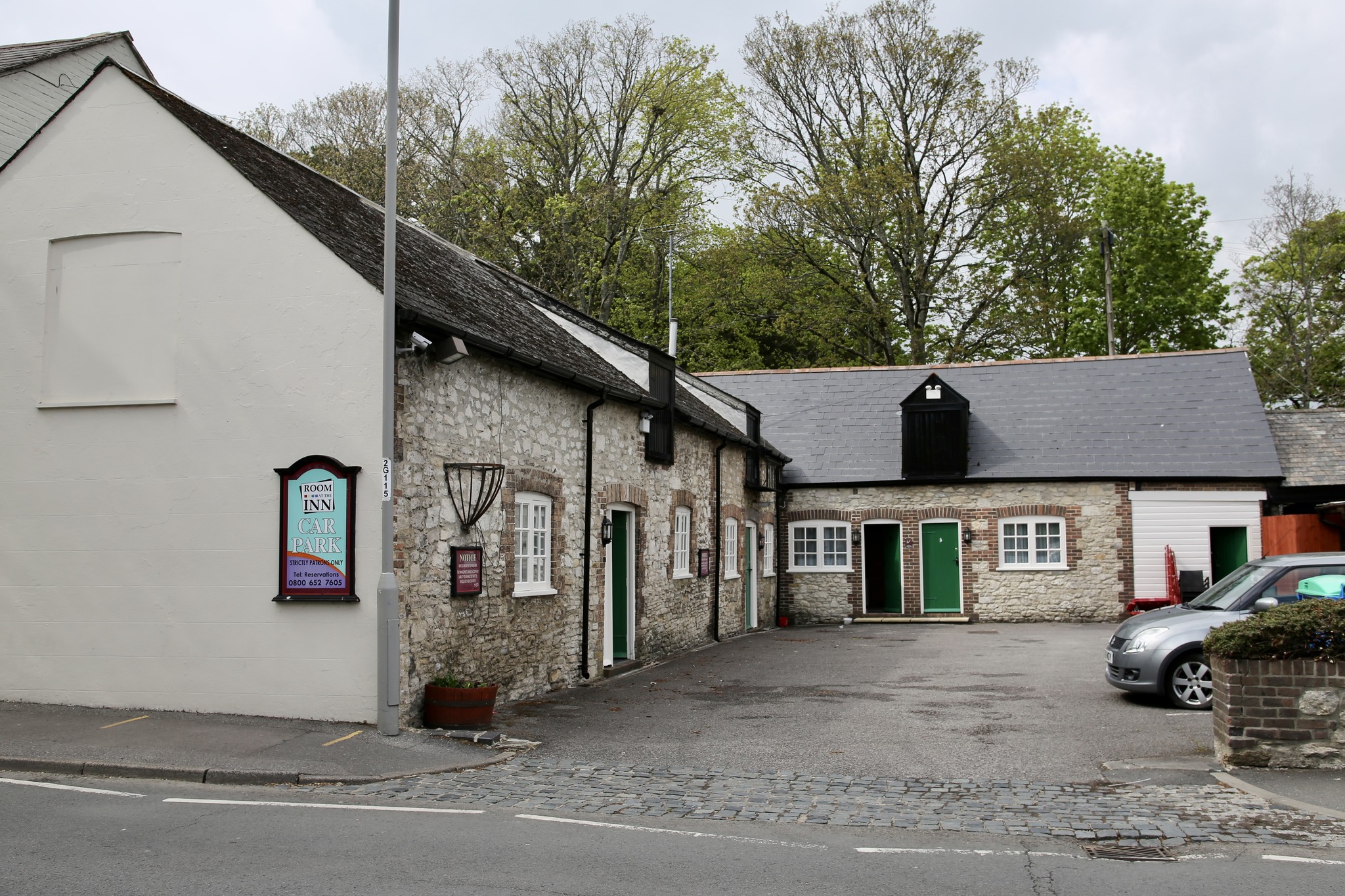

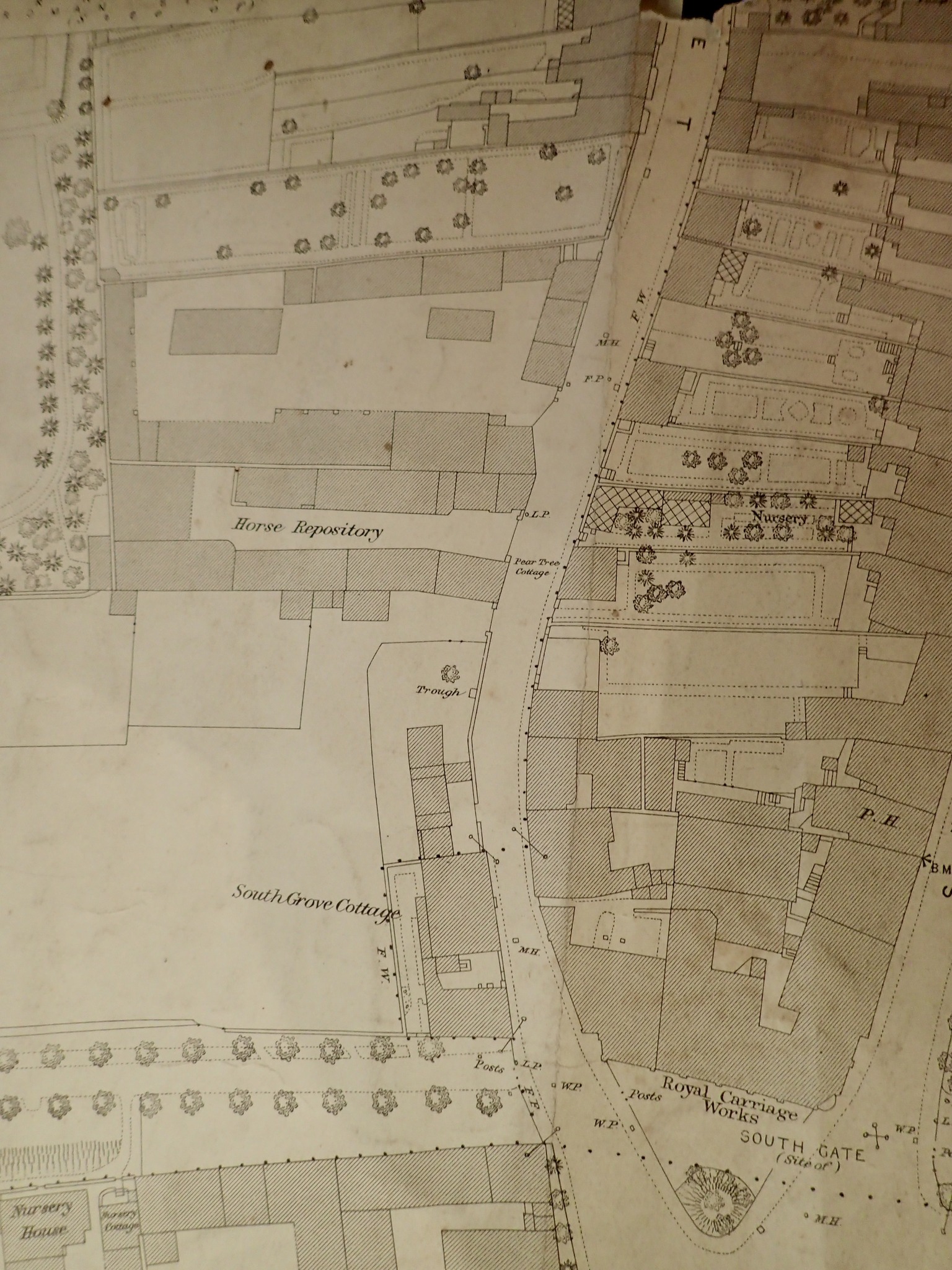

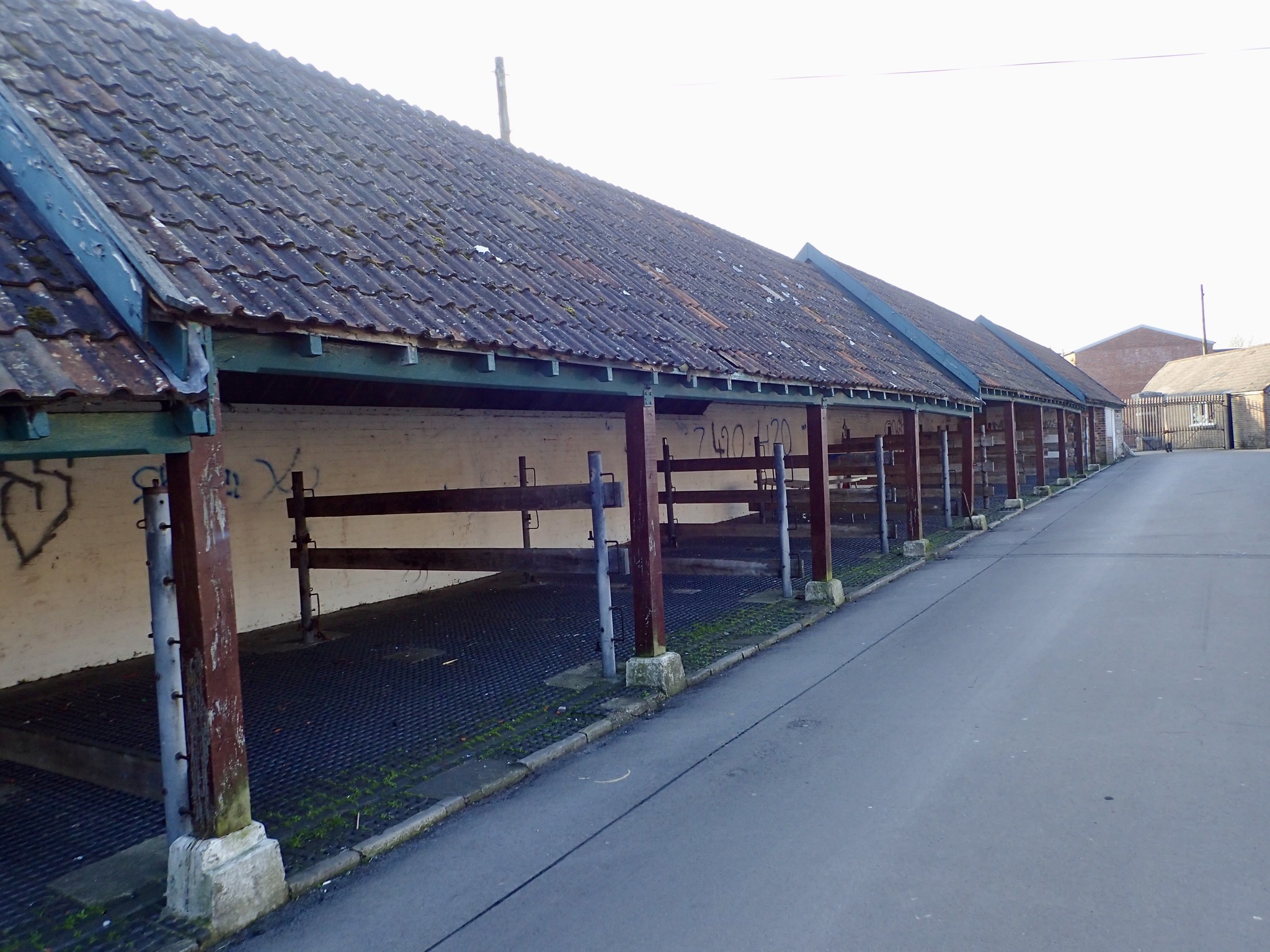
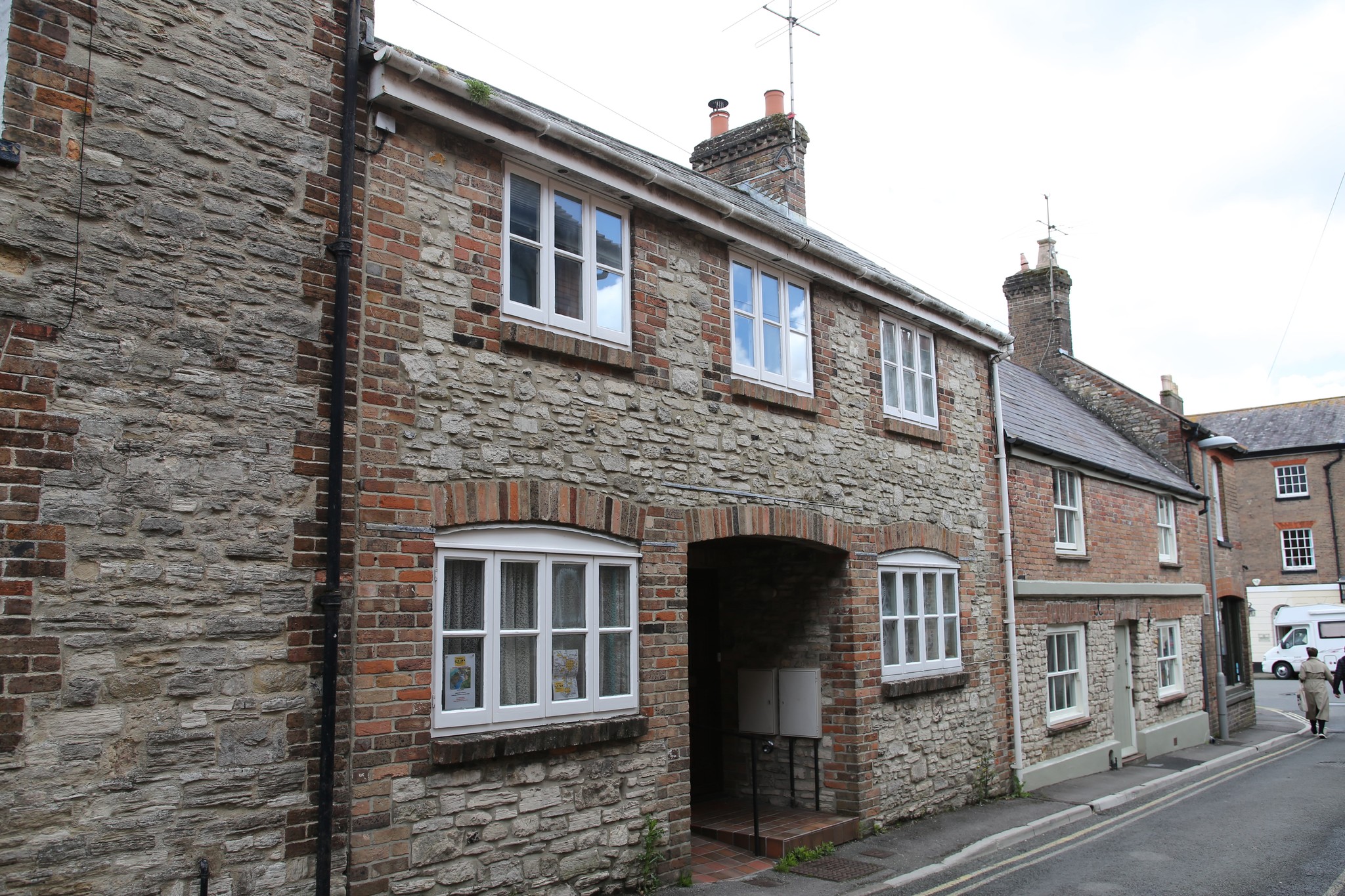
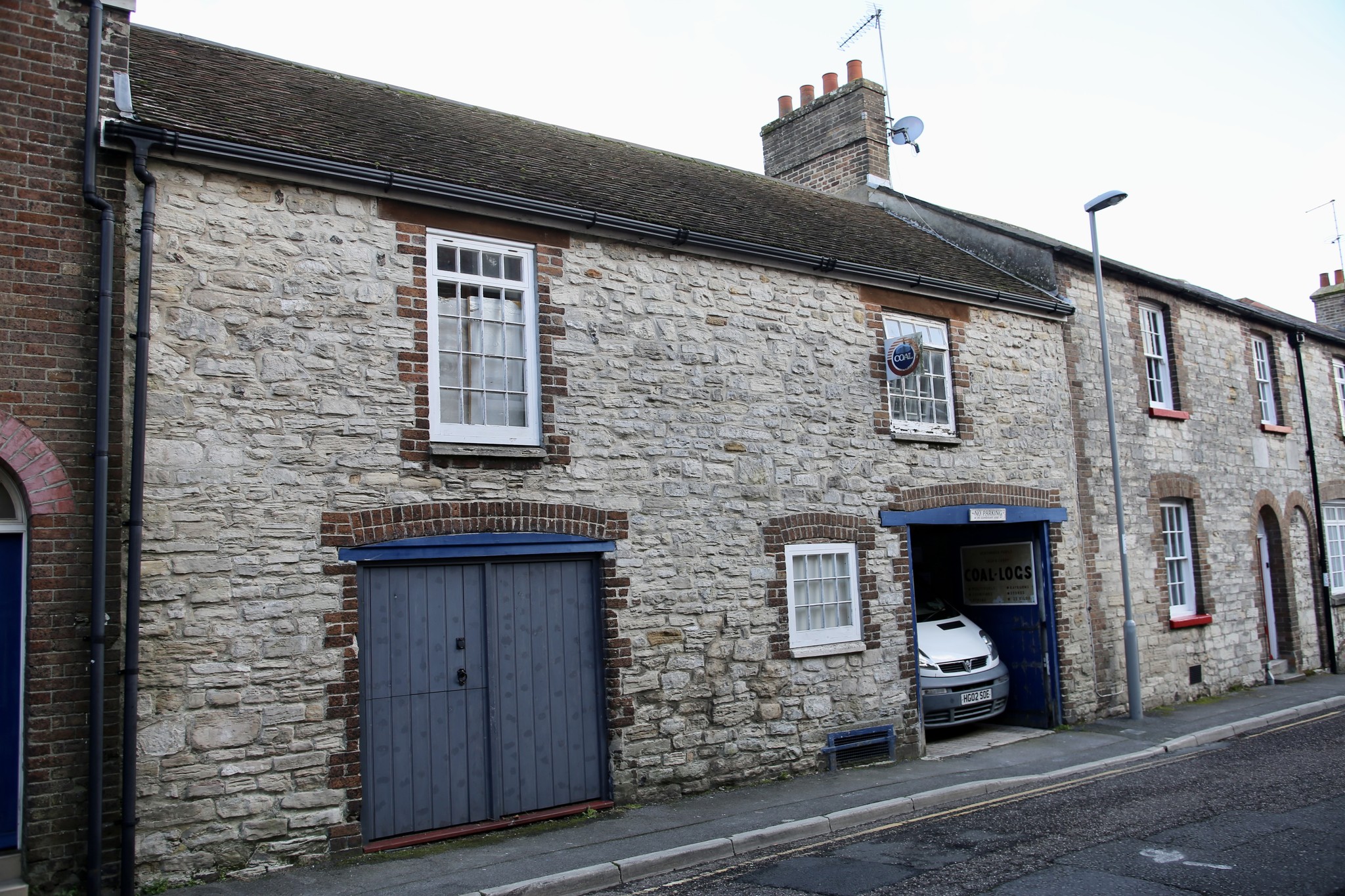
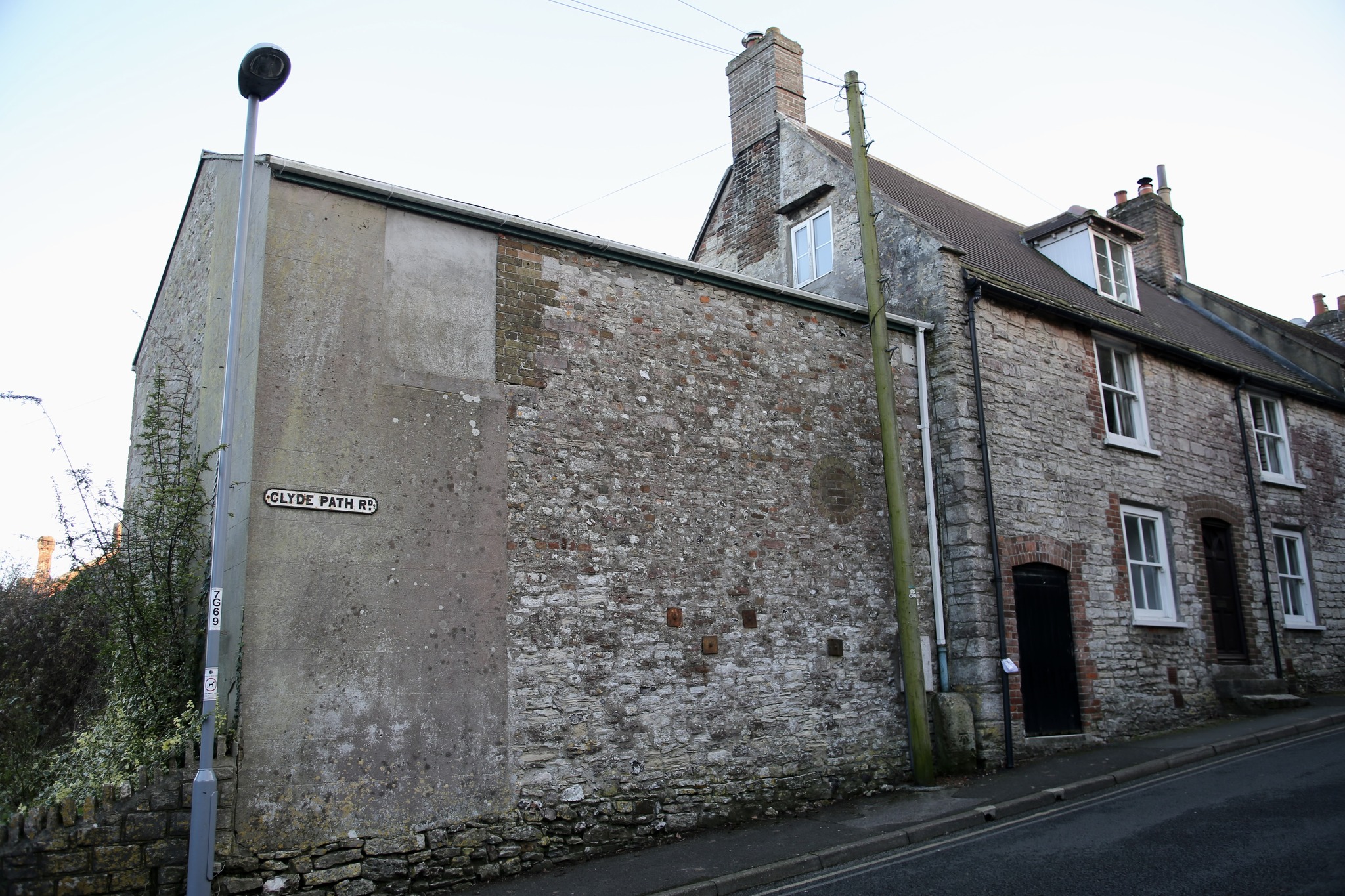
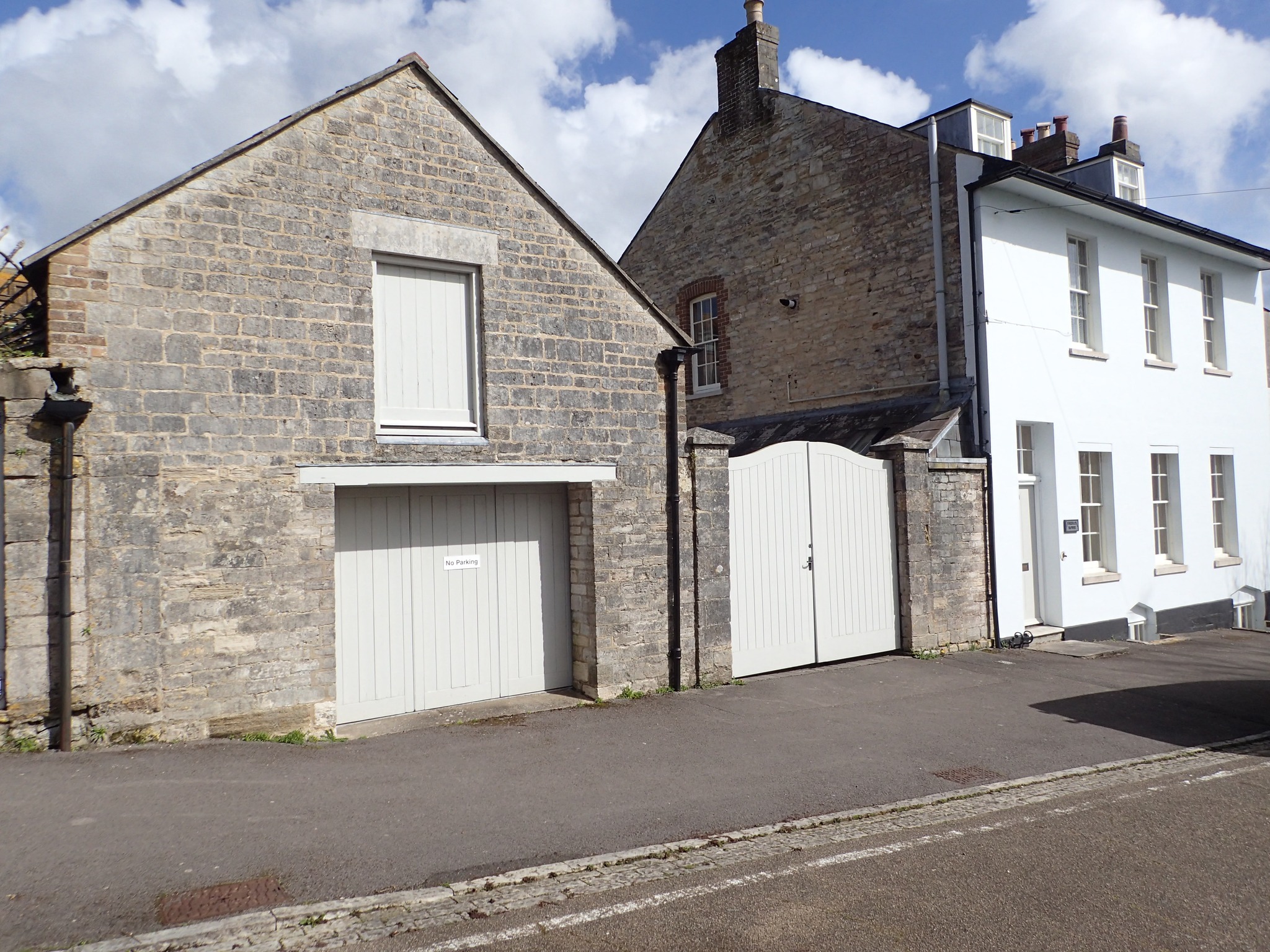
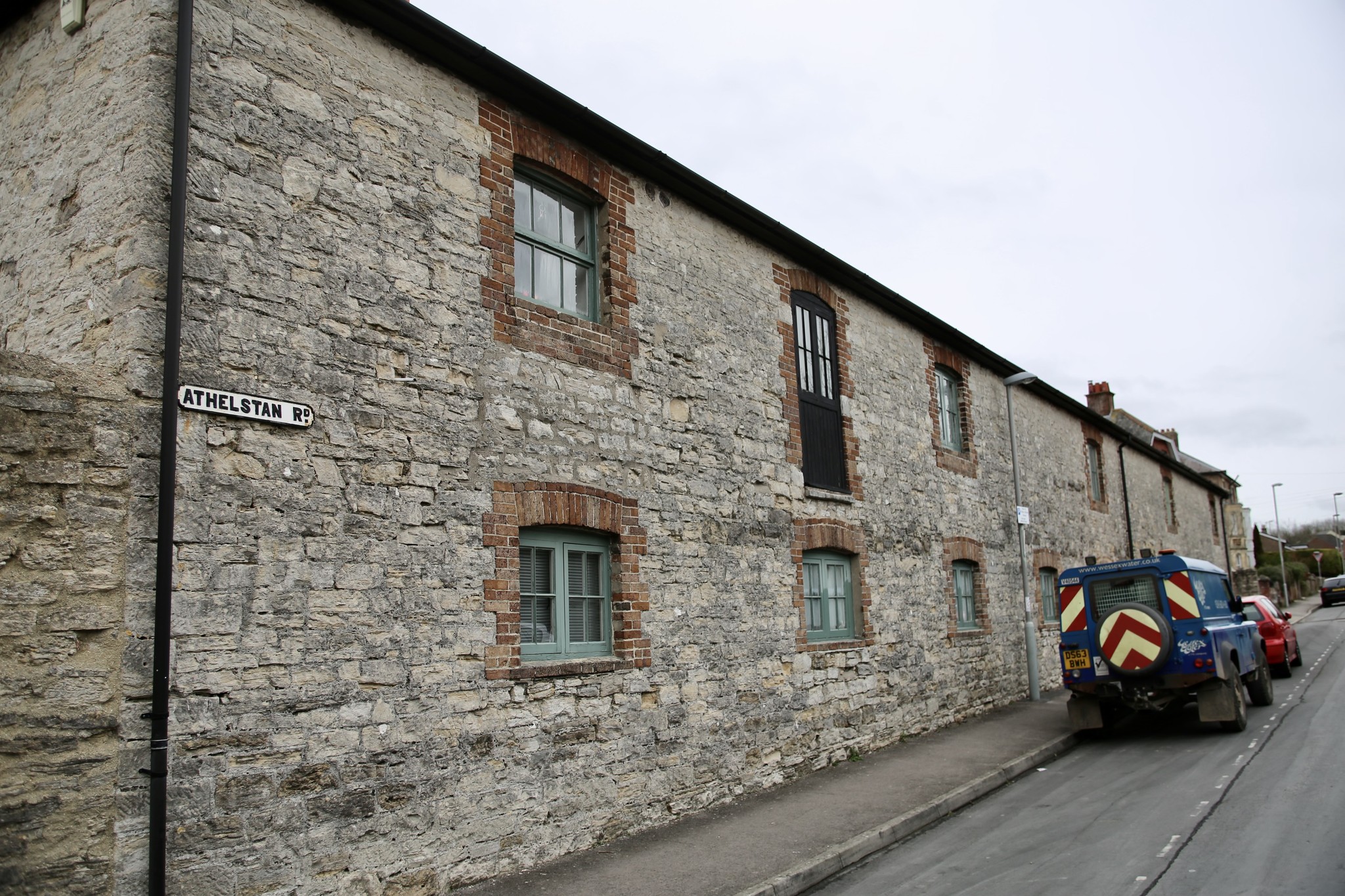
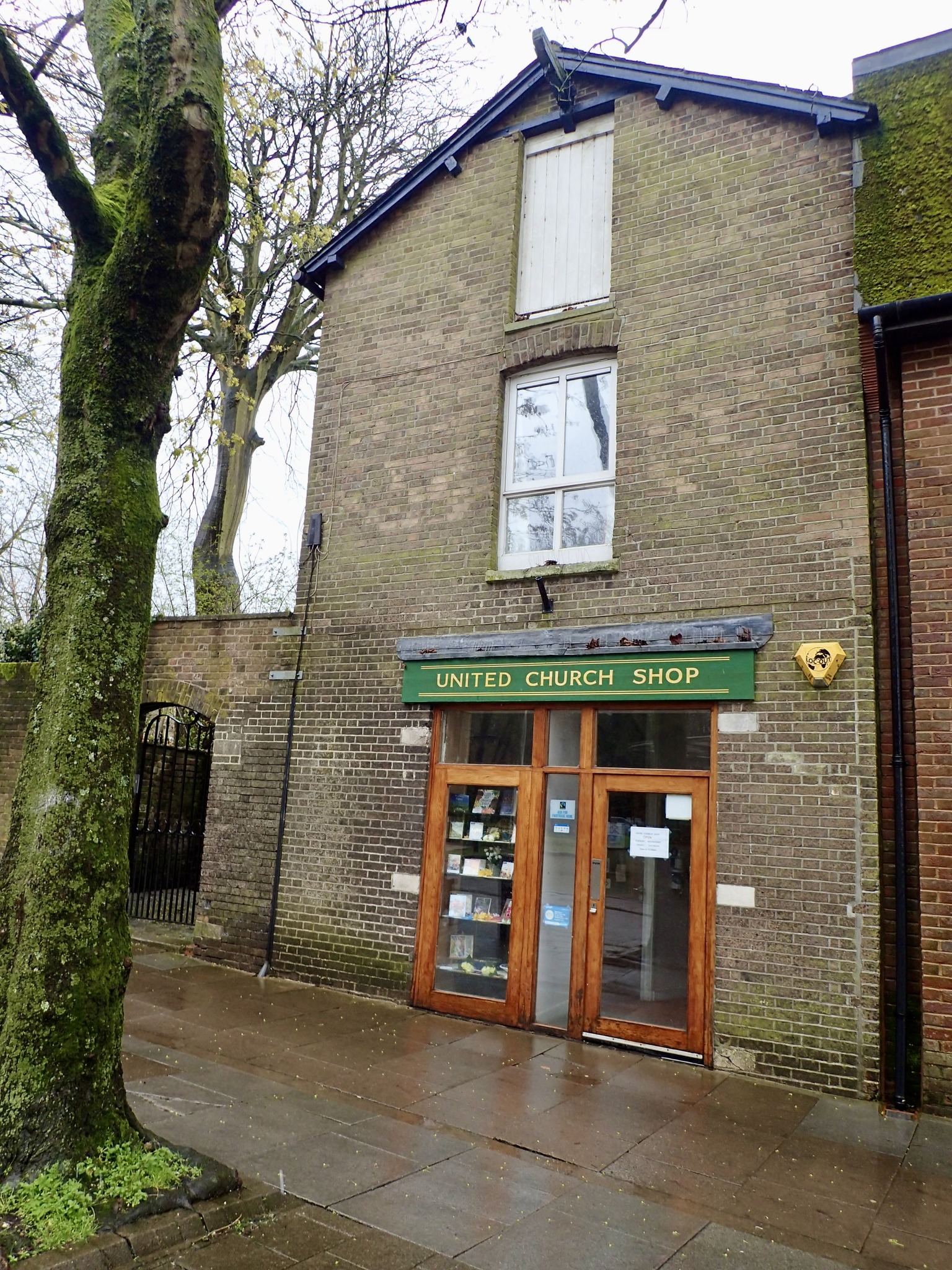
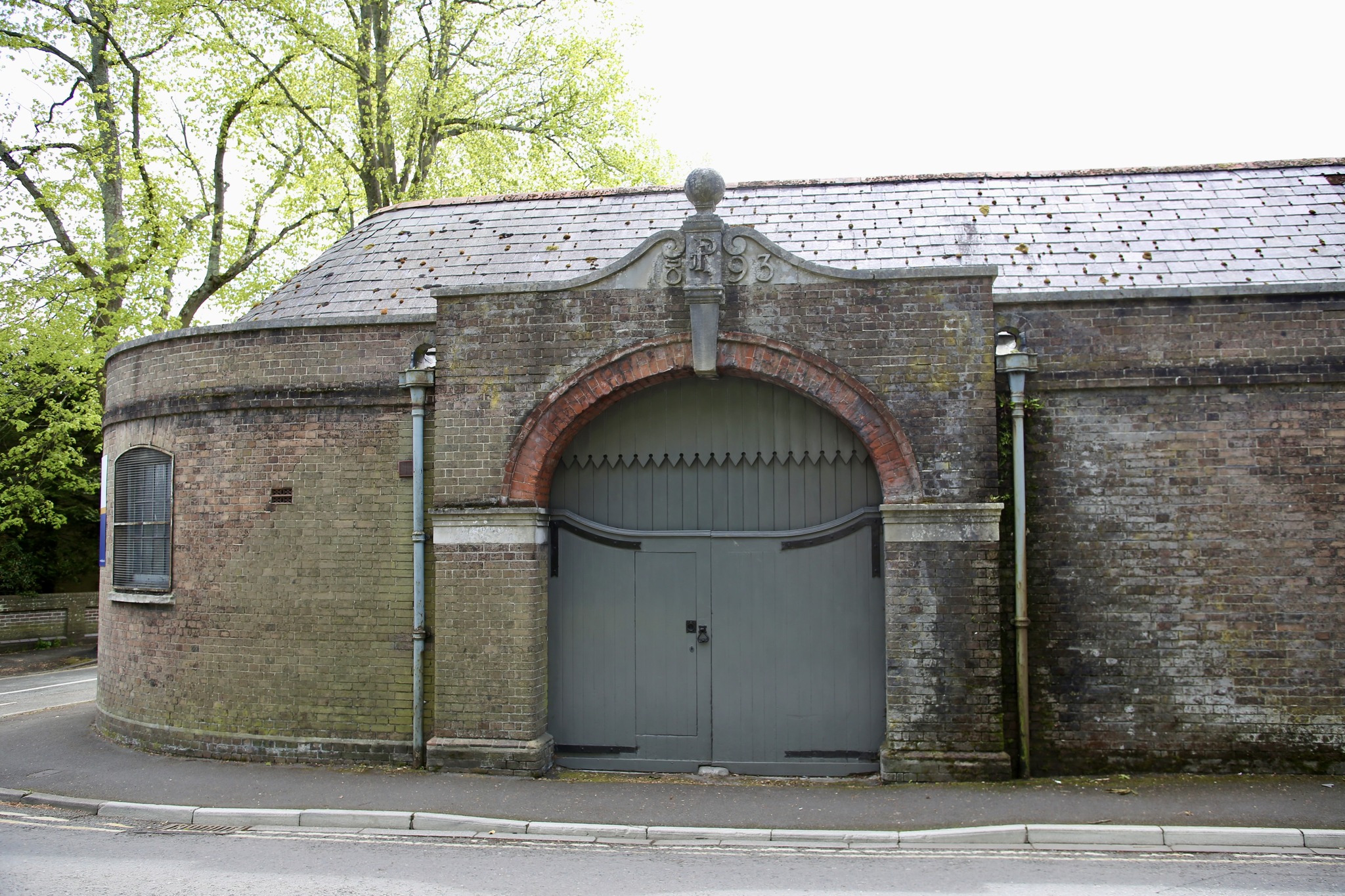
Recent Comments